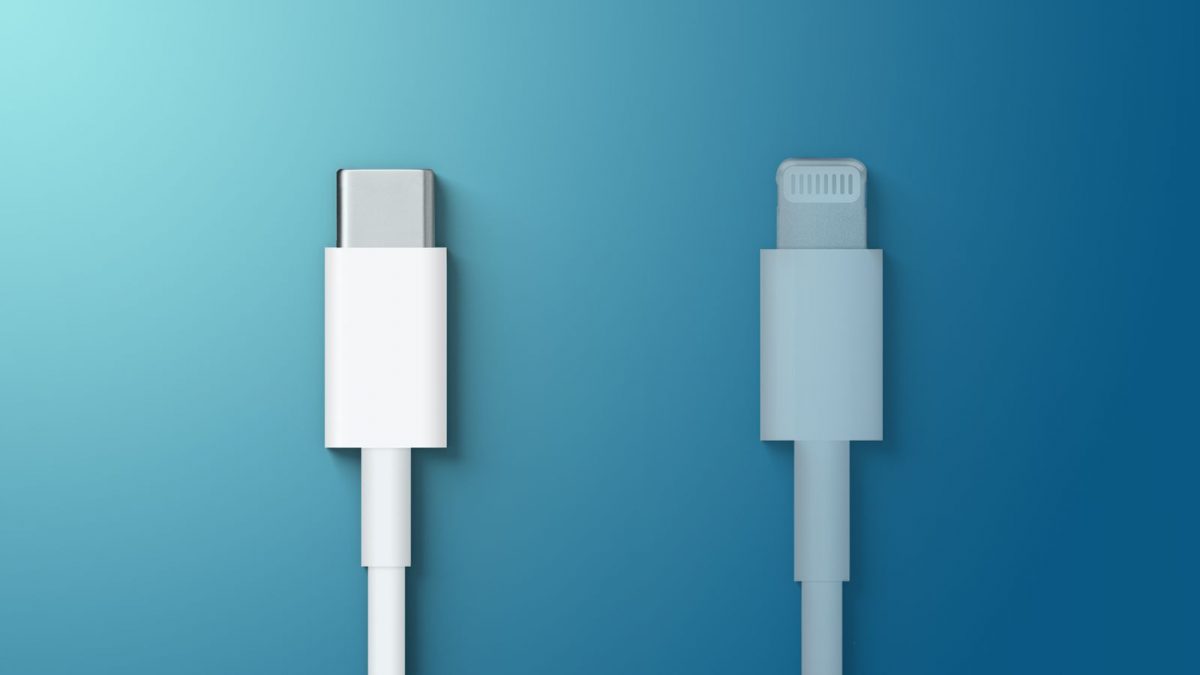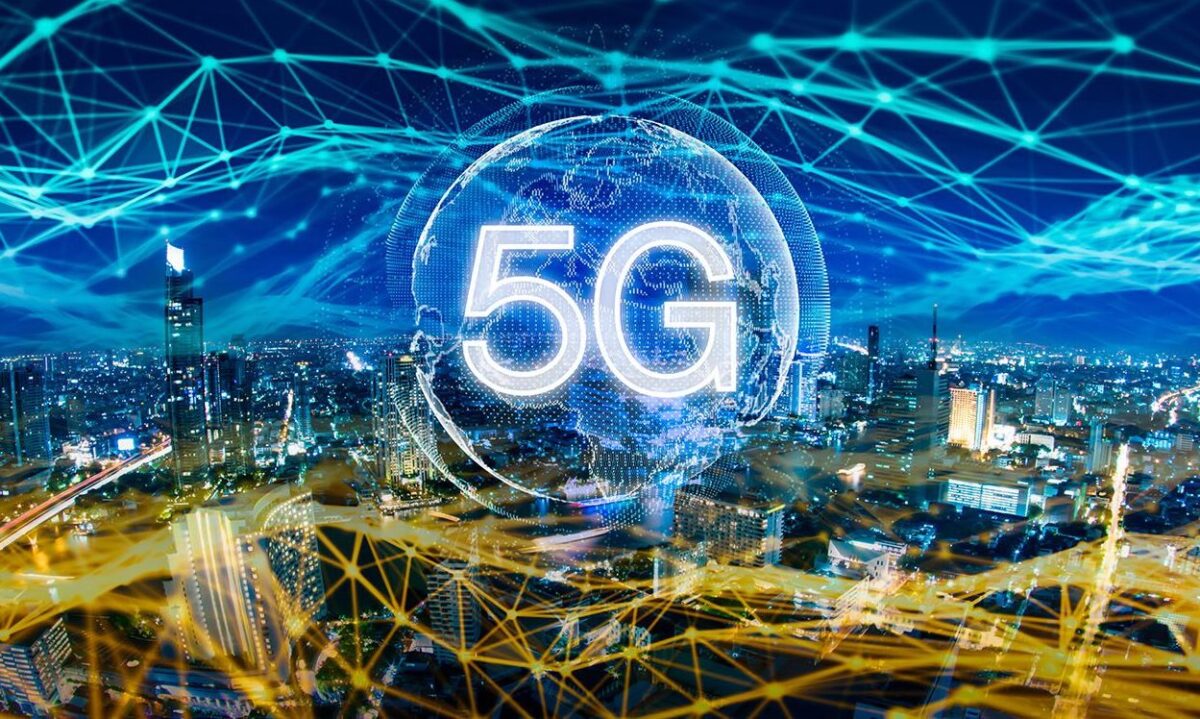On October 4, 2022, The European Parliament voted in an overwhelming majority in favour of forcing USB-C as the universal charging port across a broad range of consumer electronics, including Apple’s iPhone which still uses its own Lightning connector technology apart from other smartphones. According to the European Union, the legislation is part of the wider European Union’s efforts to make products within the EU more environmentally friendly, to reduce electronics waste, and to simplify consumers lives (Guarascio, 2022).
By 2024, all devices covered by the legislation and sold in the 27 European countries will be required to use the universal USB-C port to enable charging over a cable. Under the new rules, manufacturers will be forced to include USB-C ports in all smartphones, laptops, tablets, headphones, and other electronics. The charging speeds are also being harmonised for devices with faster charging capabilities, which would enable users to charge their devices with the same speeds using any compatible charger (Guarascio, 2022).
Apple and USB-C
Currently, only the newer generation Apple MacBooks (2015 or newer), iMacs (2016 or newer), and iPad Pros and Airs (2018 or newer) have USB-C ports. Other Apple products, such as the AirPods, Apple Watch, and Mac accessories like the Magic Mouse and Magic Keyboard do not have a USB-C port and still rely on the Lightning connector. The new EU regulation will require newer generations of these products to be changed as well.
Prediction
While the EU’s new laws would apply only in European countries, the latest changes would only force Apple to move towards USB-C worldwide, as it would be illogical for Apple to solely sell iPhones with a USB-C connector in Europe. However, many analysts think that Apple will temporarily switch to USB-C in its iPhone line-up for one year before going all wireless, and thus, ditch the wired charging connector at all (Gurman, 2022). This would be a risky and crucial decision, since quite some electronic devices still require a wired connection to phones to transfer data, such as many basic car infotainment systems which only support a wired version of Apple CarPlay and/or Android Auto.
References
Guarascio, F., 2022. Apple forced to change charger in Europe as EU approves overhaul. [online] Reuters. Available at: <https://www.reuters.com/technology/eu-parliament-adopts-rules-common-charger-electronic-devices-2022-10-04/> [Accessed 12 October 2022].
Gurman, M., 2022. Apple’s Move to USB-C Is Just a Stopgap Before Its Wireless Future. [online] Bloomberg. Available at: <https://www.bloomberg.com/news/newsletters/2022-10-09/will-the-iphone-15-get-usb-c-port-will-apple-aapl-release-a-wireless-iphone-l91edtxt>


